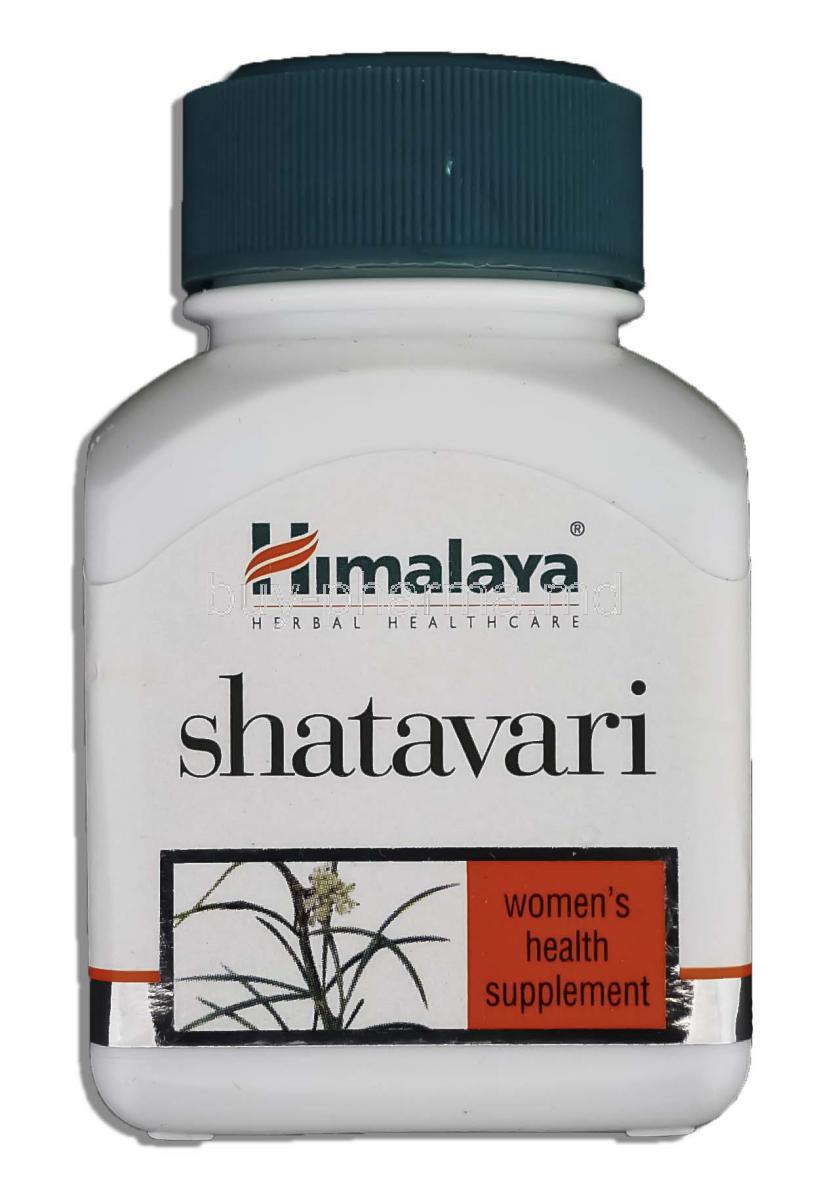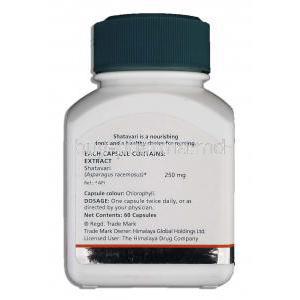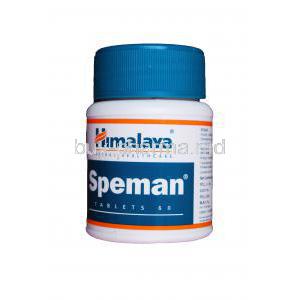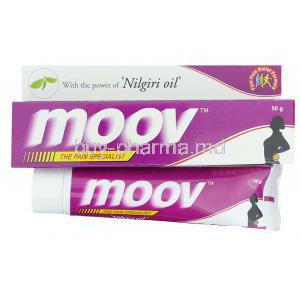Himalaya Shatavari
- Introduction to Himalaya Shatavari
- Shatavari Benefits
- How Himalaya Shatavari Works in the Body
- Dosage and Administration Guidelines
- Composition of Himalaya Shatavari
- Proper Storage Instructions for Product Stability
- Shatavari Side Effects
- Potential Drug and Herb Interactions
- Contraindications: When Not to Use Himalaya Shatavari
- Warnings and Cautions for Safe Use
- Careful Administration and Monitoring Guidelines
- Important Precautions Before and During Use
- Use in Special Populations
- Overdose Risks and Emergency Management
- Safe Handling and Hygiene Precautions
Introduction to Himalaya Shatavari
Overview of Shatavari (Asparagus racemosus) as a Traditional Ayurvedic Herb
Shatavari, scientifically known as Asparagus racemosus, has been revered in Ayurveda for centuries as the "queen of herbs" for female health. Its name translates to "she who possesses a hundred husbands," a nod to its historic use in supporting fertility and vitality in women. As a powerful adaptogen and phytoestrogenic herb, it plays a pivotal role in balancing hormonal functions and enhancing general well-being.
Brief Introduction to Himalaya's Formulation and Reputation
Himalaya Wellness is globally recognized for its commitment to blending traditional Ayurvedic principles with modern scientific validation. Himalaya Shatavari is formulated using high-quality Shatavari root extract, standardized to ensure consistent potency, safety, and efficacy. It adheres to stringent quality protocols and is trusted by healthcare practitioners worldwide.
Key Therapeutic Roles in Modern Wellness and Reproductive Health
- Promotes hormonal equilibrium in women of all ages
- Enhances lactation during postpartum recovery
- Supports menstrual and menopausal health
- Acts as a general rejuvenator to combat fatigue and stress
Shatavari Benefits
Traditional Uses in Ayurveda
Shatavari Benefits for women
- Shatavari for fertility: Improves fertility and regulates menstrual cycles
- Shatavari breastfeeding: Boosts breast milk production naturally
- Shatavari postpartum: Promotes long-term vitality and enhances immune resilience

Clinically Supported Uses
- Shatavari for menopause: Relieves hot flashes, mood swings, and other menopausal symptoms
- Normalizes menstrual irregularities and alleviates PMS
- Improves ovarian function and supports conception efforts
- Shatavari PCOS: Helps regulate hormonal imbalance in PCOS
- Reduces cortisol levels, improving stress response
- Soothes the digestive tract and reduces acidity

Off-Label and Emerging Uses
- Enhances immune cell activity and promotes resistance to infections
- Shatavari benefits for men: Improves sperm motility and count in male infertility cases
- Combats oxidative stress in chronic fatigue and systemic inflammation
- Protects gastric mucosa and promotes healing of peptic ulcers
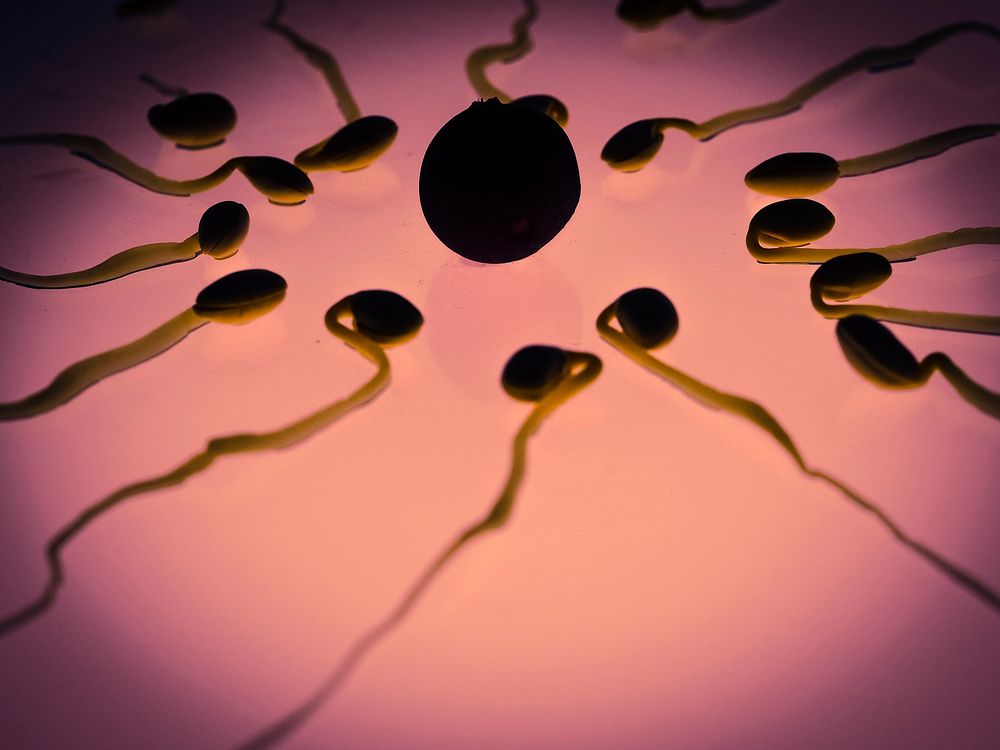
How Himalaya Shatavari Works in the Body
Mechanism of Action: Phytoestrogenic and Adaptogenic Pathways
Shatavari mimics estrogenic activity through its natural phytoestrogens, helping balance hormonal fluctuations in women. As an adaptogen, it stabilizes physiological processes and promotes homeostasis under stress.
Role of Saponins and Flavonoids
Saponins like shatavarins contribute to the herb's estrogen-like activity, while flavonoids provide antioxidative protection and anti-inflammatory benefits.
Influence on Endocrine Function and Hormonal Modulation
By modulating pituitary and ovarian hormones, Shatavari helps regulate the menstrual cycle, ovulation, and estrogen-progesterone balance.
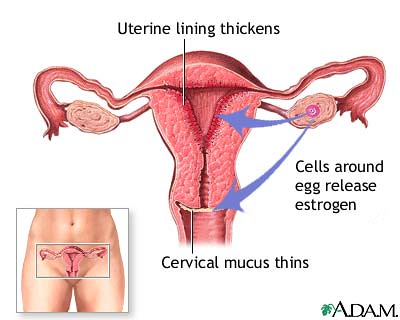
Anti-inflammatory and Immunomodulatory Effects
Shatavari inhibits pro-inflammatory markers and enhances immune tolerance, supporting the body's defense mechanisms while reducing inflammation-related discomfort.
Dosage and Administration Guidelines
Recommended Dosage for Adults
- General wellness: 1 tablet twice daily
- Therapeutic use (e.g., lactation or hormonal imbalance): up to 2 tablets twice daily, as advised by a physician
Formulation and Method of Administration
- Available in tablet or capsule form
- Best taken after meals with water or warm milk
- Therapeutic duration may range from 4 weeks to 6 months depending on condition
Physician-Guided Adjustments
Dosage may be modified in patients with renal or hepatic impairment. Regular monitoring is advised for individuals on long-term hormonal therapy or with co-existing conditions.
Composition of Himalaya Shatavari
Active Herbal Ingredient: Shatavari Root Extract
Each tablet contains a standardized extract of Asparagus racemosus root, rich in bioactive compounds like shatavarins and flavonoids.
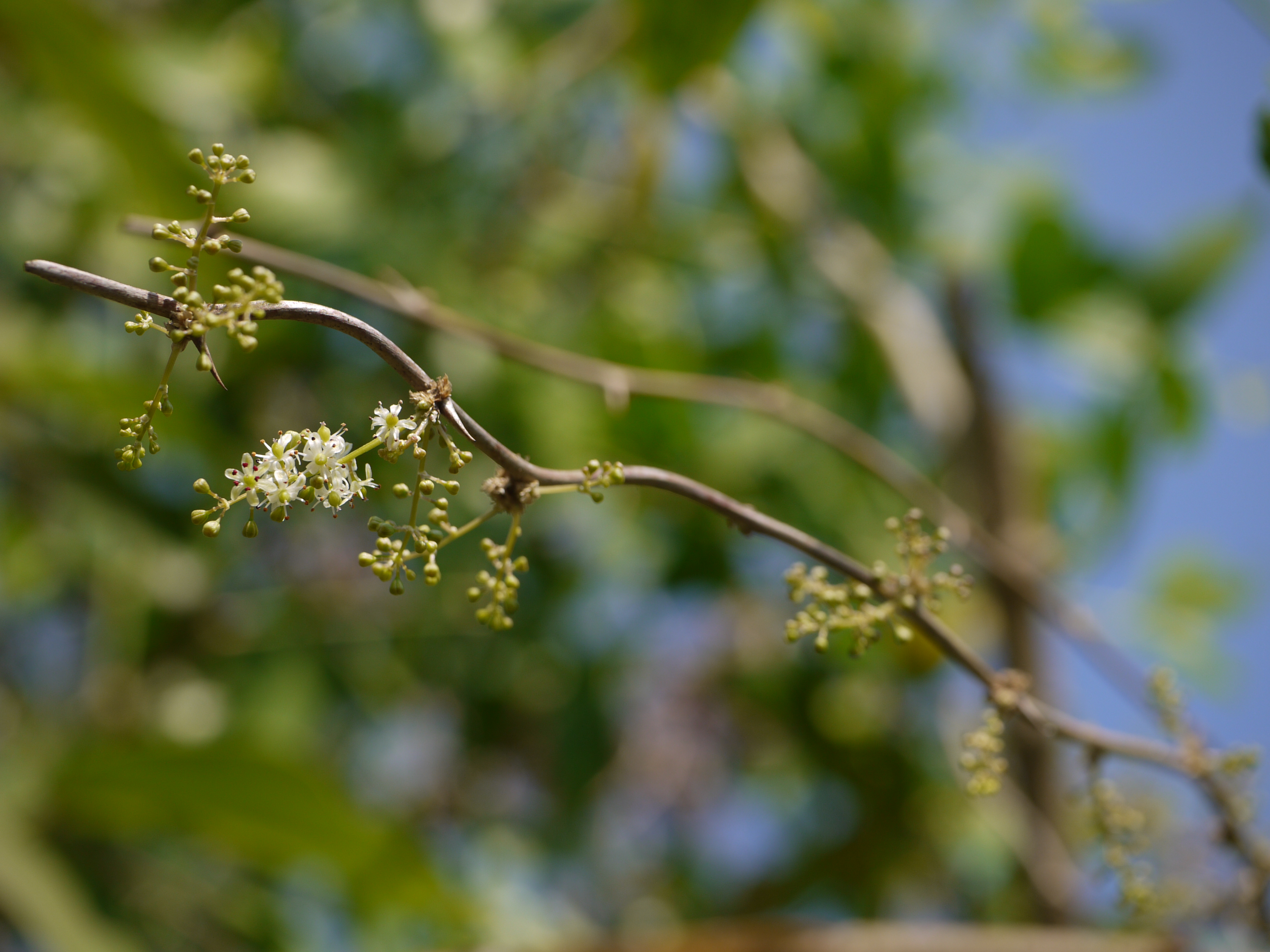
Standardization and Extract Concentration
The formulation is standardized to contain consistent levels of active saponins, ensuring uniform potency across batches.
List of Inactive Ingredients and Excipients
Contains plant cellulose, magnesium stearate, and natural preservatives. Free from artificial dyes and parabens.
Gluten-Free and Vegan Formulation Status
The product is certified gluten-free and suitable for vegetarians and vegans.
Shatavari vs Ashwagandha
Ashwagandha is recognized for providing an energy boost and alleviating stress. On the other hand, Shatavari is renowned for promoting women's health and enhancing digestion.
Proper Storage Instructions for Product Stability
- Store in a cool, dry place away from direct sunlight
- Keep container tightly closed after each use
- Ideal storage temperature: 15-25°C (59-77°F)
- Do not use if the product has changed color, texture, or smell
Shatavari Side Effects
Frequently Reported Side Effects
- Mild bloating or abdominal discomfort
- Skin rash or itching in sensitive individuals

Less Common and Serious Adverse Effects
Shatavari side effects for female
- Breast tenderness or menstrual spotting in estrogen-sensitive users
- Low blood sugar episodes in diabetic patients

Management and Reporting of Side Effects
Discontinue use if symptoms persist or worsen. Seek medical advice promptly. Report any unusual reactions to your healthcare provider or national regulatory body.
Potential Drug and Herb Interactions
- May potentiate the effects of estrogen-based medications
- Could interfere with immunosuppressive therapy
- Exercise caution when used alongside other adaptogenic or hormone-modulating herbs
- Allow a gap of 1-2 hours between Himalaya Shatavari and conventional drugs to minimize interaction risk
Contraindications: When Not to Use Himalaya Shatavari
- Individuals with a known allergy to Asparagus species
- Patients with estrogen-dependent tumors such as breast, ovarian, or uterine cancers
- People with chronic kidney disorders prone to fluid retention or electrolyte imbalance
Warnings and Cautions for Safe Use
Not a Substitute for Prescription Hormone Therapy
While Himalaya Shatavari is a potent herbal ally for hormonal balance, it should not be mistaken for prescription-grade hormone therapy. Individuals diagnosed with hormonal disorders requiring synthetic estrogen or progesterone should not attempt to replace prescribed medications with this supplement without explicit medical approval.

Importance of Professional Supervision in Patients with Complex Health Conditions
Patients with multifactorial health profiles such as those with endocrine abnormalities, autoimmune disorders, or cancer histories require professional evaluation prior to use. The interaction between botanical phytoestrogens and pharmaceutical regimens can be unpredictable and warrants personalized oversight by a healthcare provider.

Risks Associated with Unsupervised Long-Term Use
Continuous, unsupervised intake of phytohormonal supplements can disrupt natural endocrine feedback loops. This may lead to altered menstrual cycles, breast tenderness, or hormonal resistance. Periodic assessment ensures optimal benefits without unintended physiological shifts.
Careful Administration and Monitoring Guidelines
Special Considerations for Chronic Conditions
- Liver Impairment: Metabolism of active herbal constituents may be delayed, increasing systemic exposure.
- Kidney Impairment: Potential for fluid retention or electrolyte imbalance.
- Cardiac Conditions: Monitor for sodium sensitivity or fluctuations in blood pressure due to fluid modulation.
- Endocrine Disorders: Patients with thyroid dysfunction or diabetes should be monitored for hormonal sensitivity or glycemic variability.
Intermittent Use vs. Continuous Therapy
Long-term herbal therapy should be approached cyclically. A structured regimen such as 6 weeks on, followed by 2 weeks off, allows the body to recalibrate and reduces the risk of dependency or tolerance. Reassessment during the off-cycle can help refine dosage and identify any adverse trends.
Important Precautions Before and During Use
Self-Assessment for Allergy History
Individuals with a known allergy to Asparagus or related plants should avoid Shatavari. A patch test or single-tablet trial under observation may help rule out mild hypersensitivity.
Monitoring Changes in Menstrual Patterns or Breast Tenderness
Sudden shifts in menstruation, spotting, or sensitivity in breast tissue may indicate excessive estrogenic stimulation. These should be reported promptly and may necessitate a pause in supplementation.

Avoiding Concurrent Use with Similar Phytoestrogenic Herbs
To prevent cumulative hormonal effects, avoid combining Shatavari with other herbs like Black Cohosh, Dong Quai, or Red Clover unless directed by a healthcare professional.
Use in Special Populations
Administration to Elderly Individuals
- Metabolic Slowing: Reduced hepatic and renal clearance may amplify bioavailability, necessitating dose reduction.
- Polypharmacy Risk: Interactions with cardiovascular, antidiabetic, or hormone-regulating medications should be considered.
- Monitoring: Start with a low dose and titrate gradually with clinical observation.
Use in Pregnant and Nursing Women
- Lactation Support: Traditionally used to enhance breast milk production, particularly during postpartum recovery.
- Early Pregnancy Caution: Lack of conclusive safety data in the first trimester necessitates caution. Avoid unless prescribed.
- Medical Oversight: Only use under obstetrician or midwife guidance to ensure safety for both mother and child.

Pediatric Use and Safety
- Age Restriction: Not recommended for children under 12 years due to insufficient clinical data and hormonal implications.
- Formulation Considerations: Adult tablets may not be appropriate for pediatric use in terms of dosage and delivery method.
- Professional Guidance: Any pediatric application must be managed by a pediatrician or Ayurvedic specialist trained in herbal medicine.
Overdose Risks and Emergency Management
Symptoms of Overdose
- Severe abdominal discomfort
- Diarrhea or vomiting
- Breast engorgement or breakthrough bleeding
- Fatigue or dizziness from hormonal imbalance
Steps to Take in Case of Accidental Ingestion
If a large number of tablets are ingested accidentally, initiate hydration and seek immediate medical attention. Activated charcoal may be administered in acute care settings to limit systemic absorption.
Supportive Treatment and Observation Protocols
There is no specific antidote. Management is primarily symptomatic: monitor vital signs, maintain fluid balance, and correct electrolyte disturbances if present. Hospitalization may be warranted in severe cases.
Safe Handling and Hygiene Precautions
- Store in a secure area out of children's reach to prevent accidental ingestion
- Avoid direct contact with moisture or contaminants; always use clean, dry hands to handle tablets
- Dispose of expired or unused tablets responsibly, preferably through a pharmacy take-back program or according to local biomedical waste protocols
Himalaya Shatavari FAQ
- What is the benefit of Himalaya shatavari?
- What are the benefits of Shatavari?
- Which disease is cured by Shatavari?
- When should I take Shatavari capsules?
- Who should not take Shatavari?
- What are the side effects of Shatavari?
- How long does it take for Shatavari to work?
- Is Shatavari good for skin?
- Is Shatavari safe for kidneys?
- Does Shatavari have glutathione?
- What is Shatavari called in English?
- What is the main use of Shatavari?
- Does Shatavari make you sleepy?
- Can I take Shatavari without consulting a doctor?
- Is Shatavari bad for thyroid?
- What are the disadvantages of Shatavari?
- What is the best form to take Shatavari?
- What is the best time to take Shatavari?
- Is Shatavari good for menopause?
- Is Shatavari better than ashwagandha?
- How much iron is in Shatavari?
- Does Shatavari increase blood?
- Does Shatavari brighten skin?
- Is Shatavari high in estrogen?
- Does Shatavari contain vitamin B12?
- Why is Shatavari called the queen of herbs?
- Can turmeric and Shatavari be taken together?
- Which disease is cured by Shatavari?
- How long should I take Shatavari?
- Who should avoid Shatavari?
- What is Shatavari in benefits?
- Does Shatavari make you sleepy?
What is the benefit of Himalaya shatavari?
Taking Himalaya Shatavari tablets helps increase prolactin levels for lactation in new moms and supports optimal breastfeeding outcomes. Shatavari tablets are great for combating tiredness and boosting mental well-being after childbirth while also stimulating breast milk production.
What are the benefits of Shatavari?
Antioxidants and antiviral properties help boost the system, support lactation, balance hormones, reduce symptoms of menopause, aid in ulcer treatment.
Which disease is cured by Shatavari?
Management of fungal and bacterial infections, as well as addressing edema issues, promoting fertility and mental wellness, and battling against depression and cancer concerns.
When should I take Shatavari capsules?
Twice daily with meals
Who should not take Shatavari?
People who are on diuretic medication should steer clear of shatavari as it could potentially lead to low blood sugar levels. The use of shatavari is also not recommended for individuals taking medications or herbal remedies aimed at reducing blood sugar levels.
What are the side effects of Shatavari?
Skin rash, rapid pulse, eyes, itchy skin, trouble breathing, and feelings of dizziness are some symptoms to look out for.
How long does it take for Shatavari to work?
Some individuals may notice improvements within a matter of days; however, for others, these changes may take weeks or even months to become evident.
Is Shatavari good for skin?
Frequent application of Shatavari has been linked to enhancing skin tone and radiance, positively impacting complexion health by purifying the skin and eliminating impurities for a clearer and brighter look. Also, Shatavari helps in the natural exfoliation process of skin cells, encouraging a rejuvenated and smoother skin texture.
Is Shatavari safe for kidneys?
Due to its diuretic effects on the body's system, Shatavari may be beneficial in treating kidney stones.
Does Shatavari have glutathione?
Yes
What is Shatavari called in English?
Asparagus racemosus
What is the main use of Shatavari?
Shatavari is commonly utilized to promote wellness and enhance immunity while also aiding in digestion and stress management, showcasing its versatility as an herb for well-being.
Does Shatavari make you sleepy?
Shatavari is renowned for its ability to calm the system and improve the quality of sleep.
Can I take Shatavari without consulting a doctor?
Yes
Is Shatavari bad for thyroid?
Shatavari has the potential to assist in balancing the synthesis of thyroid hormones.
What are the disadvantages of Shatavari?
Consuming large amounts of asparagus Shatavari may lead to digestive problems and slight weight gain while also potentially lowering blood sugar levels and interacting with specific medications.
What is the best form to take Shatavari?
Shatavari powder
What is the best time to take Shatavari?
Twice a day after meals
Is Shatavari good for menopause?
Shatavari includes phytoestrogens, compounds recognized for mimicking estrogen effects. They're essential in easing the symptoms linked to menopause.
Is Shatavari better than ashwagandha?
If you want to enhance women's health or strengthen your system, Shatavari could be the herb for you. If you're aiming to lower stress and anxiety or improve your well-being, Ashwagandha might be the herb for you.
How much iron is in Shatavari?
2.17mg
Does Shatavari increase blood?
Shatavari boosts the levels of iron in the body which helps in creating blood cells and prevents anemia.
Does Shatavari brighten skin?
Shatavari possesses rejuvenating properties that aid in the healing of scars and sun damage caused by UV rays, resulting in a glow and improved complexion. Additionally, it works to shield the skin from pollution-induced damage and promotes a smoother skin texture.
Is Shatavari high in estrogen?
Yes
Does Shatavari contain vitamin B12?
Yes
Why is Shatavari called the queen of herbs?
Revered as the "Queen of Herbs” for its advantages in promoting women's well-being.
Can turmeric and Shatavari be taken together?
Yes
Which disease is cured by Shatavari?
Bacterial and fungal infections, swelling (edema), difficulty conceiving (infertility), feelings of sadness and hopelessness (depression), and even the development of cancer.
How long should I take Shatavari?
Several weeks to months
Who should avoid Shatavari?
- If you are expecting a baby, nursing a child or planning to become pregnant
- If you have a history of kidney or heart issues
- If you have a sensitivity to asparagus
- If you experience low blood sugar or are on medication that affects blood sugar levels
- If you are prescribed diuretics
What is Shatavari in benefits?
Shatavari is commonly employed to promote wellness and enhance immunity while also aiding in digestion and stress management among its advantages—it serves as a versatile herb for overall health and wellness.
Does Shatavari make you sleepy?
Yes

